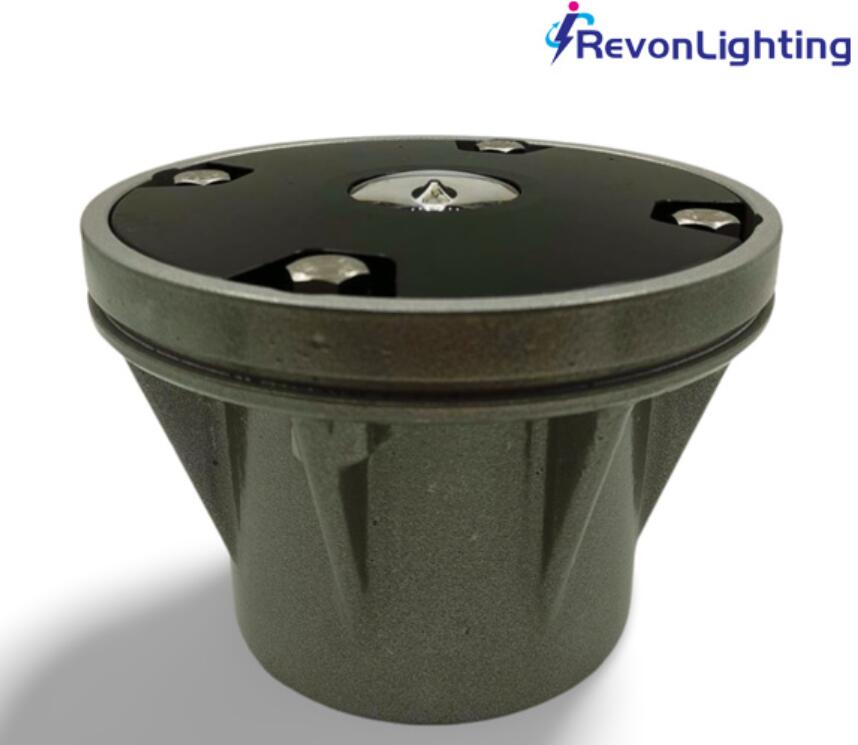Aircraft Landing Lights: Illuminating the Path to Safe Touchdowns
As aircraft approach runways in darkness or low visibility, aircraft landing lights serve as critical visual aids that enhance safety for pilots, air traffic controllers, and ground personnel. These powerful illumination systems do more than just light up the runway—they improve aircraft visibility, reduce collision risks, and assist in precise landings. This article examines the technology, regulations, and operational significance of aircraft landing lights in modern aviation.
The Vital Role of Aircraft Landing Lights
Aircraft landing lights fulfill several essential functions:
Runway Illumination: Helps pilots identify runway thresholds and align the aircraft during final approach.
| aircraft landing lights |
Collision Avoidance: Makes aircraft more visible to other pilots, especially in congested airspace or low-visibility conditions.
Taxiway Guidance: Assists ground navigation at night or in poor weather.
Regulatory Compliance: Mandated by aviation authorities for takeoff, landing, and certain phases of flight.
| aircraft landing light |
Without effective aircraft landing lights, the risk of runway incursions, hard landings, and mid-air conflicts would increase significantly.
Types of Aircraft Landing Lights
Modern aviation utilizes several types of aircraft landing lights, each designed for specific operational needs:
1. Fixed Landing Lights
Mounted on wings or nose landing gear
Common in general aviation and smaller aircraft

Provide forward illumination during takeoff and landing
2. Retractable Landing Lights
Deploy only when needed (e.g., during approach)
Reduce aerodynamic drag when stowed
Used in commercial jets and high-performance aircraft
| aircraft landing lights |
3. LED Landing Lights
Energy-efficient with longer lifespan
Brighter and more durable than traditional halogen bulbs
Becoming standard in modern aircraft
4. Taxi Lights
Lower-intensity lights for ground movement
Prevent glare for other pilots and ground crews
5. Runway Turnoff Lights
Illuminate exits after landing
Help pilots navigate safely to taxiways
Regulatory Requirements for Aircraft Landing Lights
Aviation authorities enforce strict rules regarding aircraft landing lights:
FAA (U.S.) Regulations:
Landing lights must be used below 10,000 feet and within 10 miles of an airport.
Required for all commercial flights during takeoff and landing.
ICAO (International Standards):
Specifies minimum brightness and beam spread.
Mandates redundancy to ensure operational reliability.
EASA (Europe):
Requires testing and certification for all lighting systems.
Non-compliance can result in operational restrictions or grounding.
Technological Advancements in Landing Lights
Recent innovations have transformed aircraft landing lights:
LED Technology
More energy-efficient, reducing electrical load.
Longer lifespan, lowering maintenance costs.
Adaptive Lighting Systems
Automatically adjust brightness based on ambient conditions.
Reduce glare for other pilots.
Smart Control Integration
Linked to flight management systems for automated activation.
Infrared & Night Vision-Compatible Lights
Used in military and special operations aviation.
Operational Best Practices
Pilots follow specific protocols for aircraft landing lights:
Activated during takeoff, landing, and when operating below 10,000 ft.
Turned off when parked to avoid blinding ground crews.
Regularly inspected for functionality and alignment.
Future Trends in Landing Light Technology
Emerging developments include:
Laser-Based Lighting: Higher intensity with lower power consumption.
Augmented Reality Integration: Projecting runway markers directly onto cockpit displays.
Solar-Powered Options: For eco-friendly operations.
Aircraft landing lights are indispensable for safe flight operations, ensuring visibility and compliance in all conditions. As technology evolves, these systems will become even more efficient and intelligent, further enhancing aviation safety. By adhering to regulations and embracing innovation, the industry continues to improve the reliability and effectiveness of aircraft landing lights—keeping skies safer for everyone.
